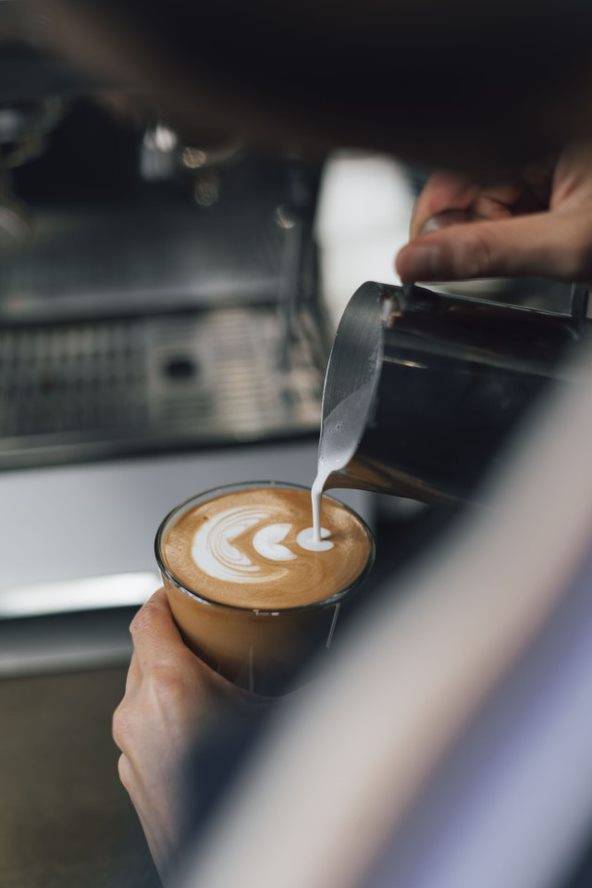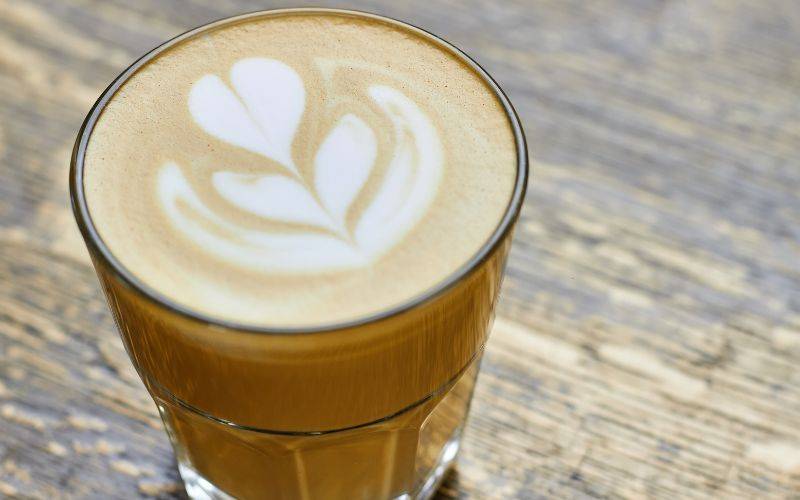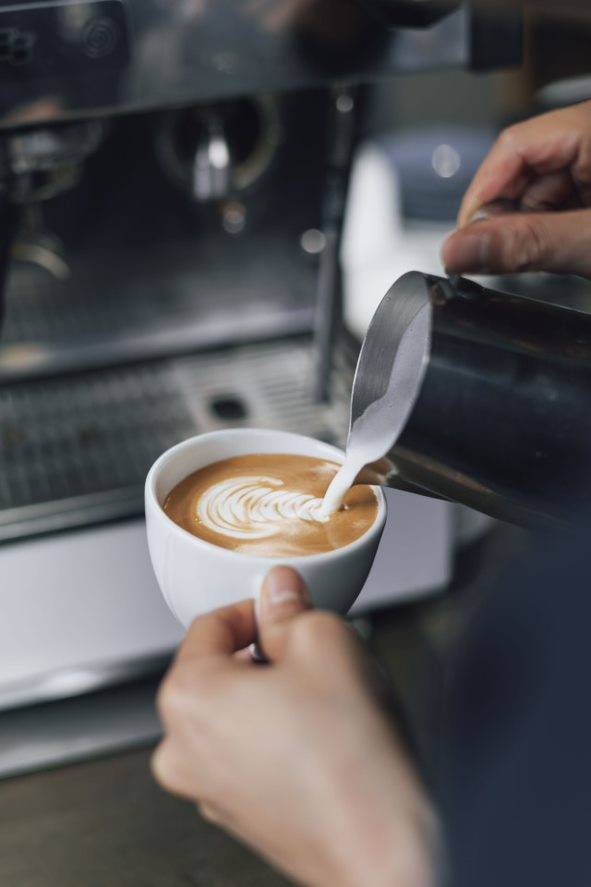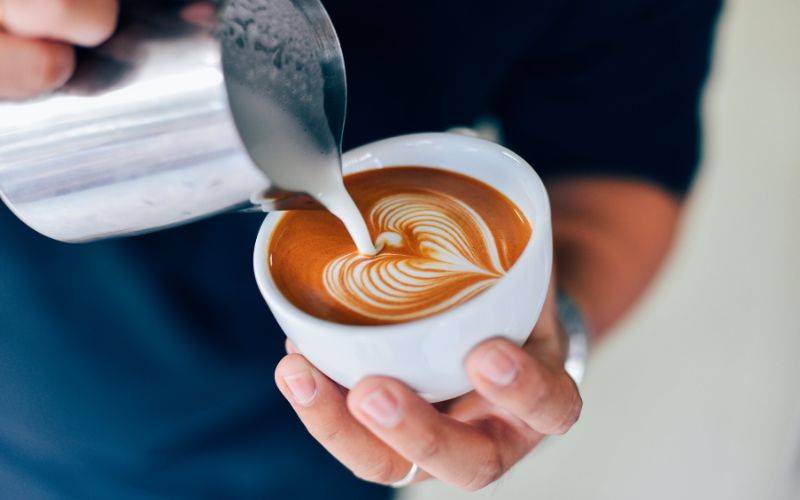If you want to master latte art, then taking Veneziano Coffee Roasters' coffee courses may be the perfect solution. We have an online coffee course and hands-on coffee training courses designed to provide you with the skills and knowledge needed to create beautiful and intricate latte art designs.
With training studios in Richmond, West End, North Adelaide and Canberra, Veneziano offers several different courses that cater to different skill levels, from beginner to advanced. These courses cover topics such as milk texturing, free pouring techniques, and advanced designs like etching and multiple layers.
Our courses are led by champion baristas who will guide you through each step of the process, providing you with valuable tips and feedback along the way. In addition to latte art, Veneziano's coffee courses cover a range of other topics related to coffee, including espresso preparation, brewing techniques, and coffee roasting. By taking these courses, you'll gain a deeper understanding of coffee and its various processes, which can help you take your coffee skills to the next level.
Whether you're a coffee enthusiast or a professional barista, Veneziano's coffee courses are a great way to improve your skills and take your latte art to the next level. So why not sign up for one of our courses today and start mastering the art of latte art?




